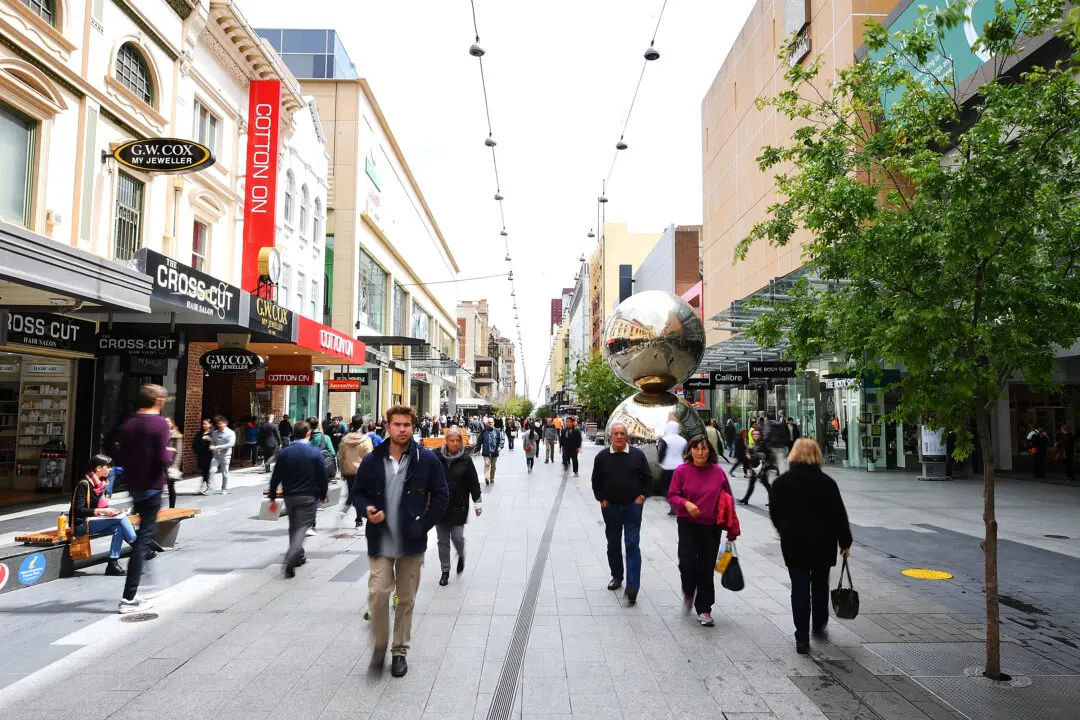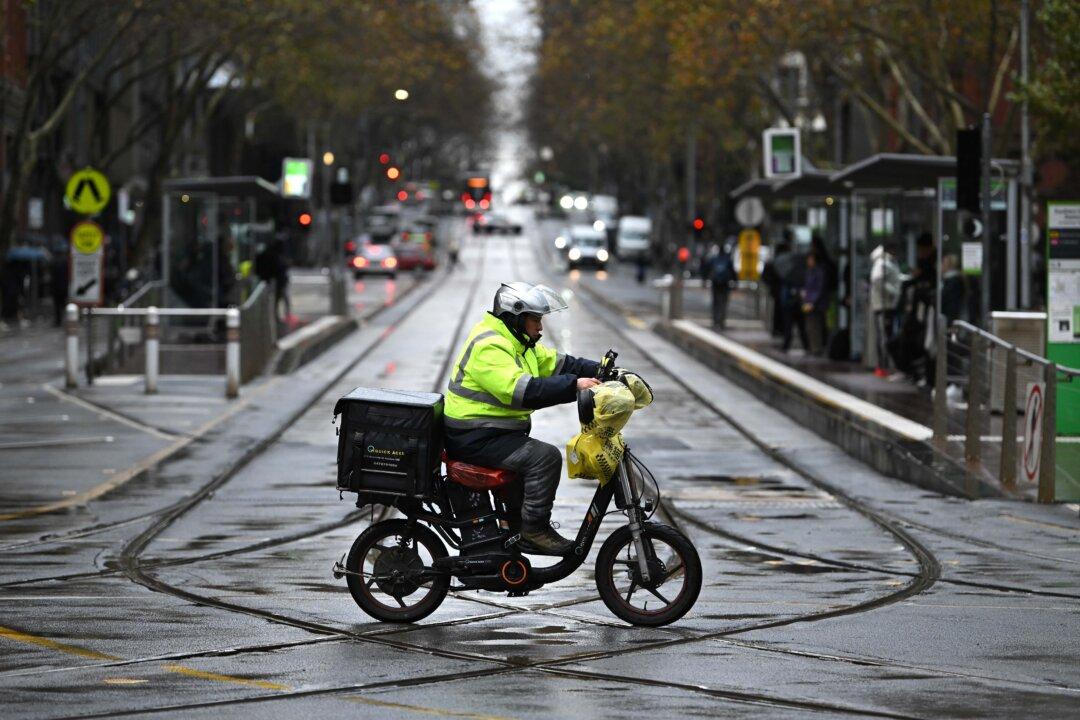Australians have lost hundreds of bank branches and ATMs over the past year, sparking concerns from campaigners that the transition to a cashless society will ultimately disadvantage consumers.
New statistics from the Australian Prudential Regulation Authority (APRA) showed 424 physical bank branches and 718 automatic teller machines (ATMs) had been shut.





